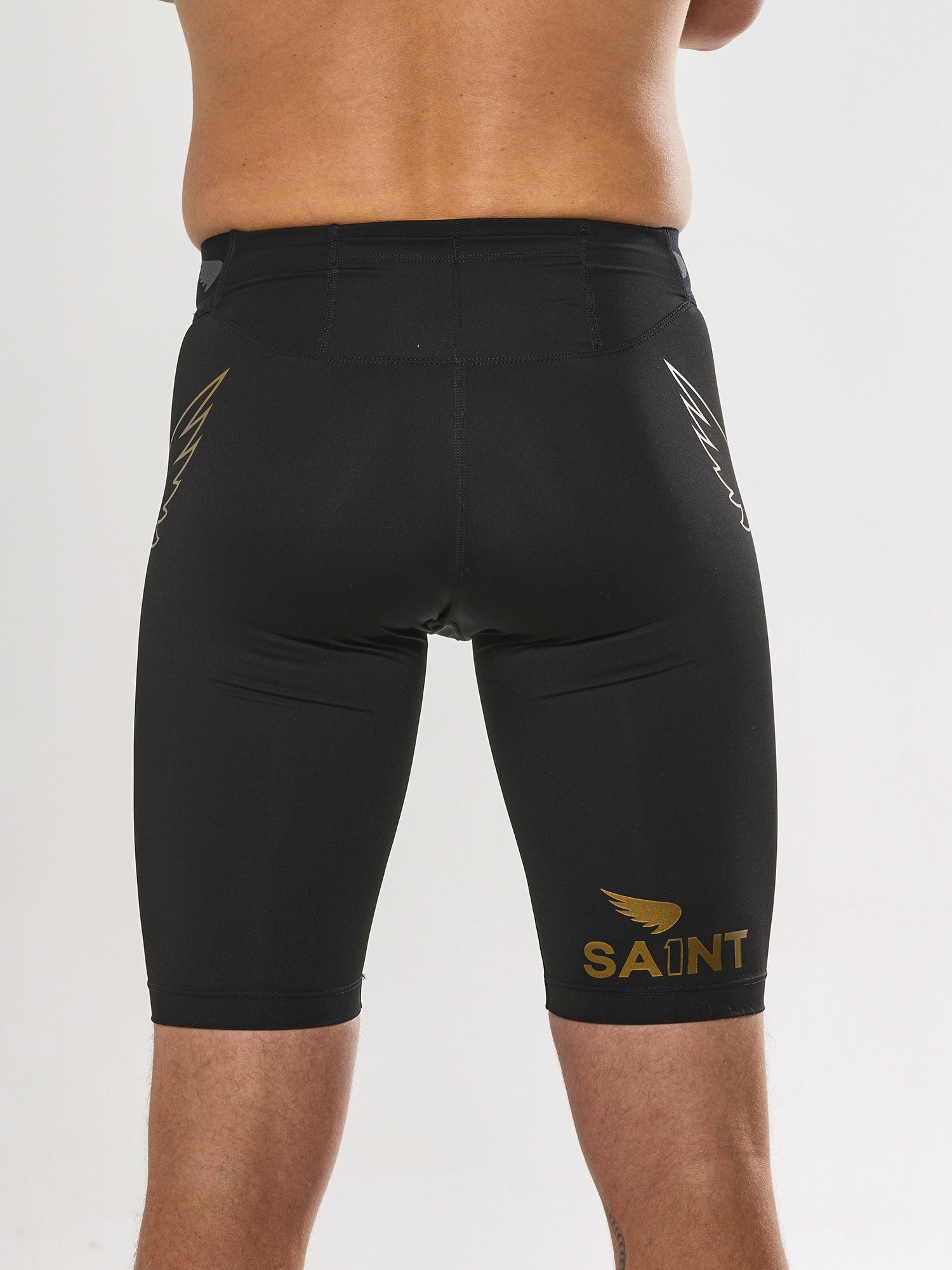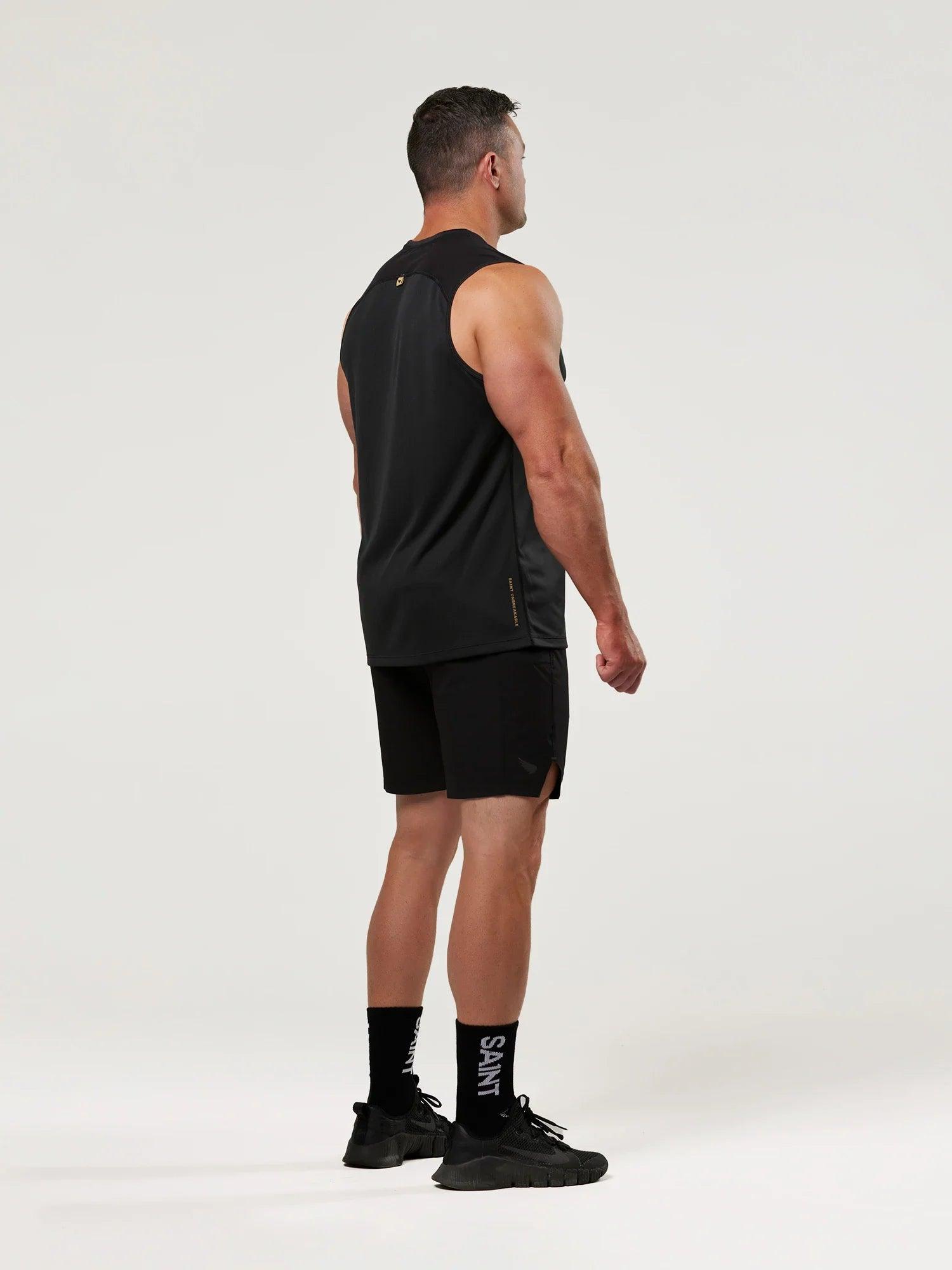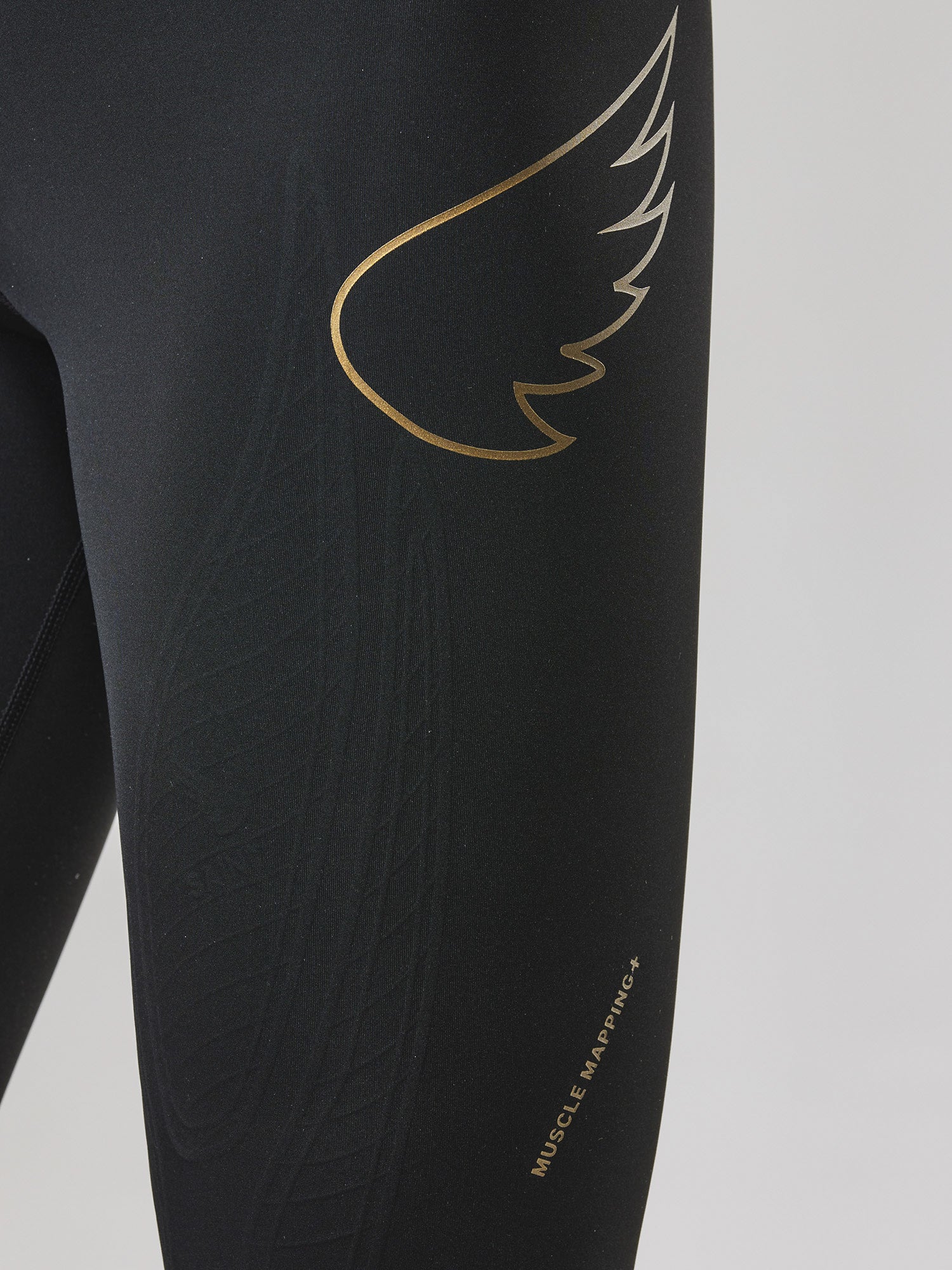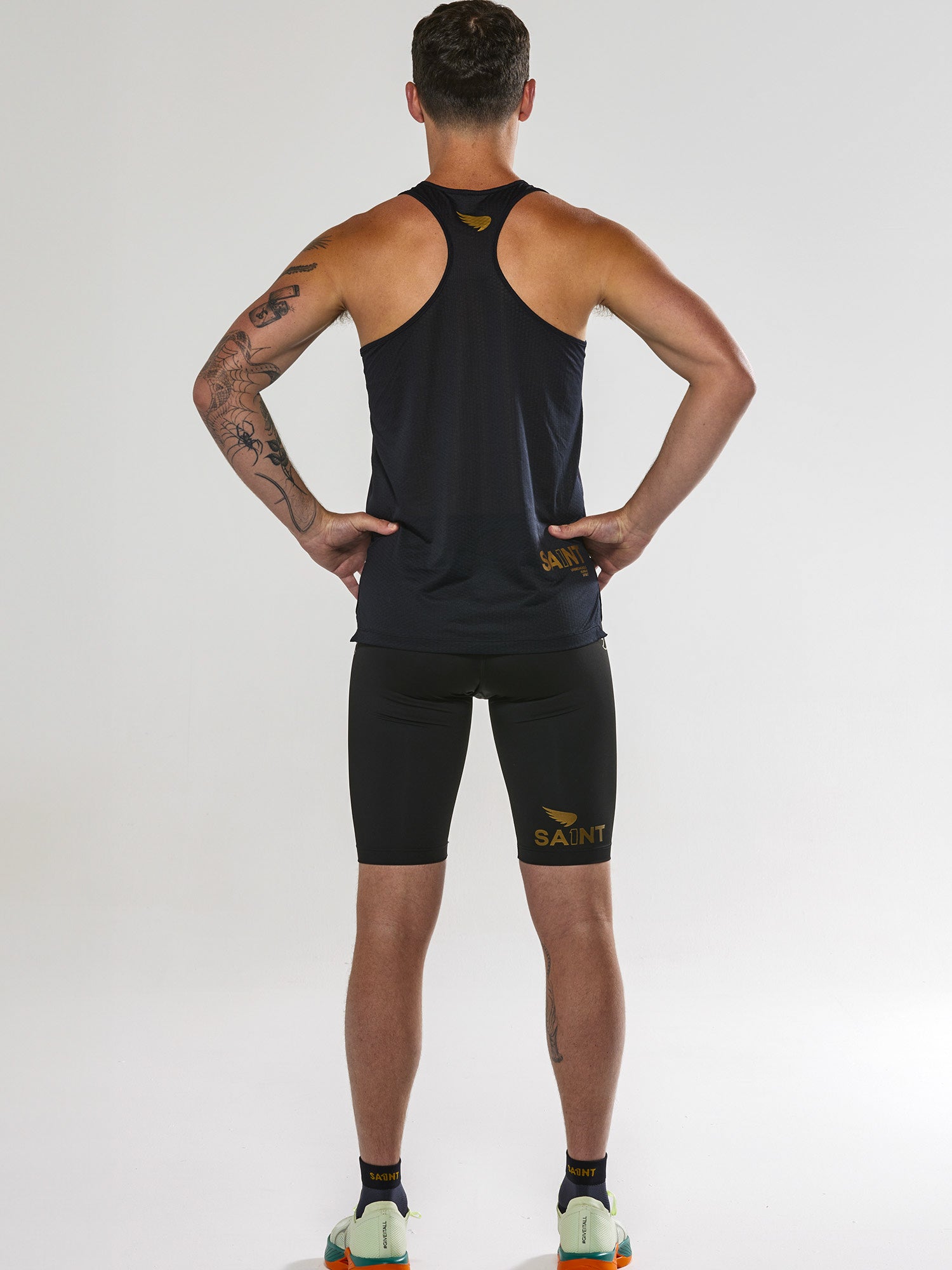About

SUSTAINABILITY & ENVIRONMENT
At SA1NT, we’ve built a reputation on unbreakable fabrics and long-lasting gear — a stance that naturally fights fast fashion and reduces waste. But we know that’s just the start. That’s why we partner with like-minded suppliers who prioritise renewable energy, reduced water use, and lower CO2 emissions, and who align with our push toward a circular economy. We work with mills using sustainable, organic, and recycled materials, non-toxic dyes, and biodegradable packaging, backed by certifications like WRAP and Oeko-Tex. We also demand ethical treatment of all workers across our supply chain, with many partners certified to BSCI standards. For us, sustainability isn’t a buzzword — it’s a responsibility. Measured by action, not marketing.
Project 1 – BUILT TO BREAK LIMITS
SA1NT Layers fuses tech, grit, and high-performance know-how to gear you up in kit that’s built to perform and tough enough to take a beating. Form meets function. No compromise.












































